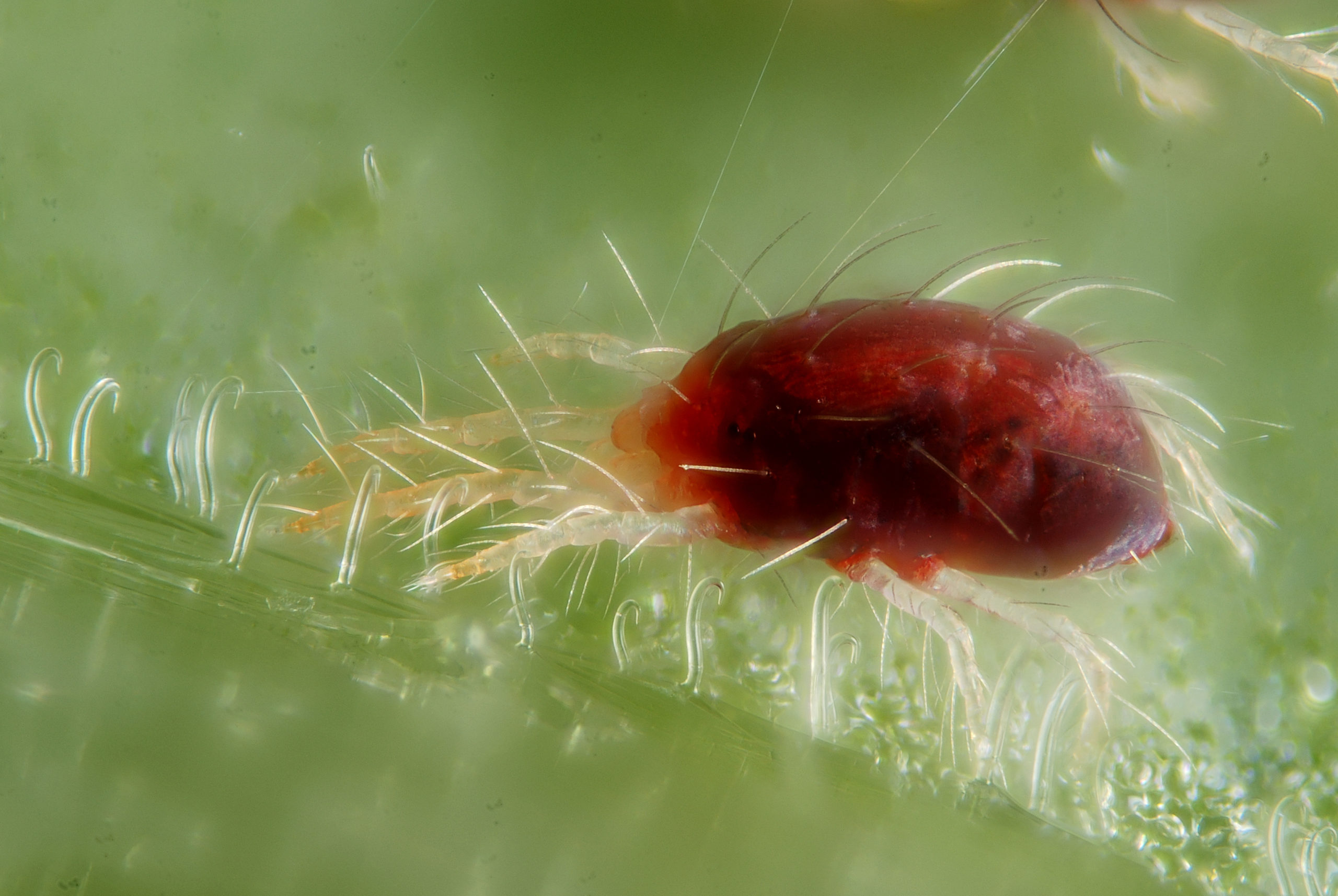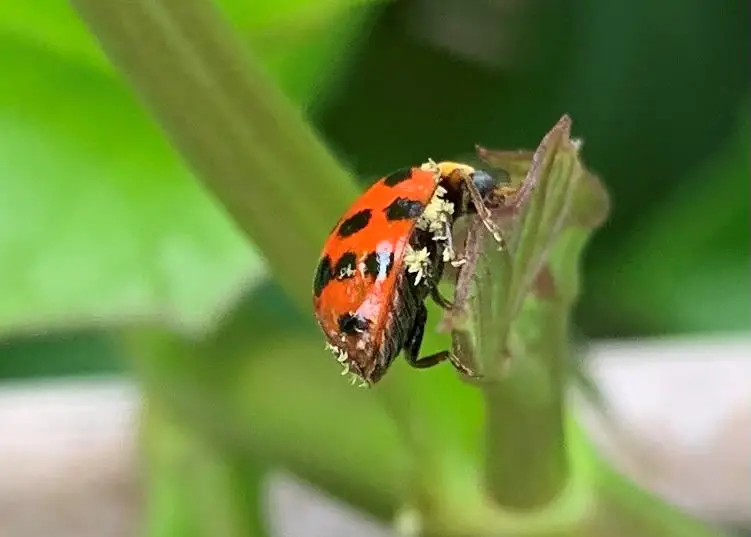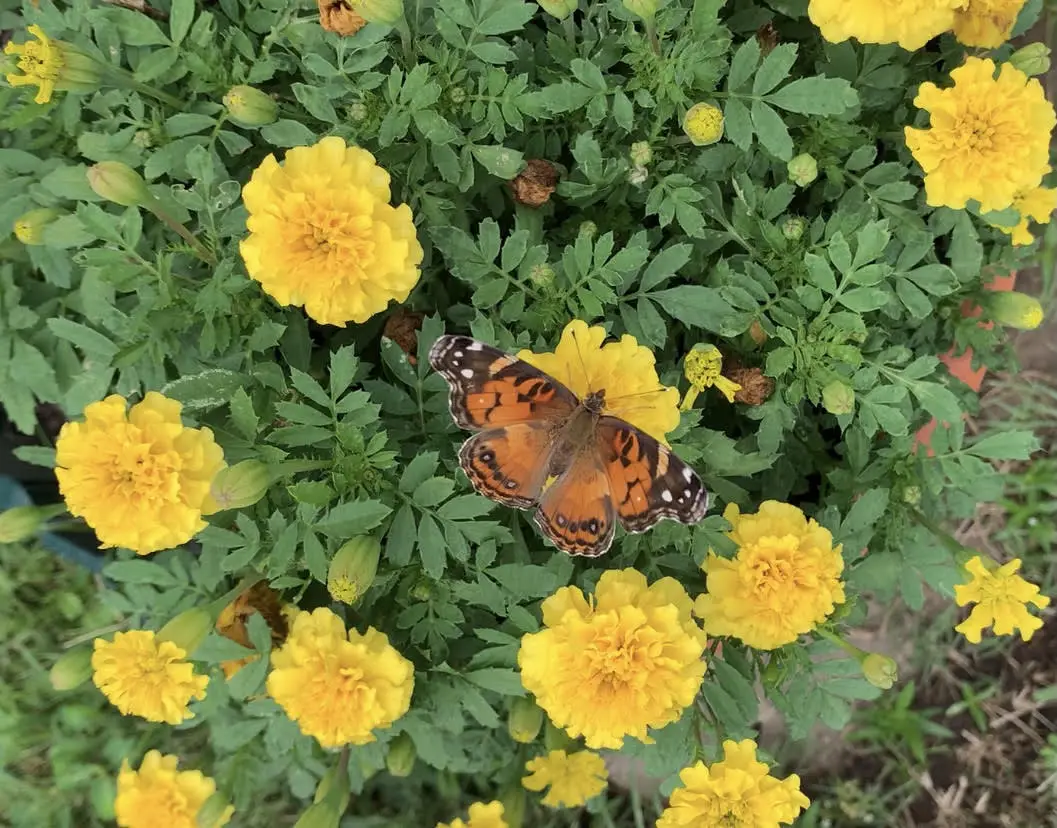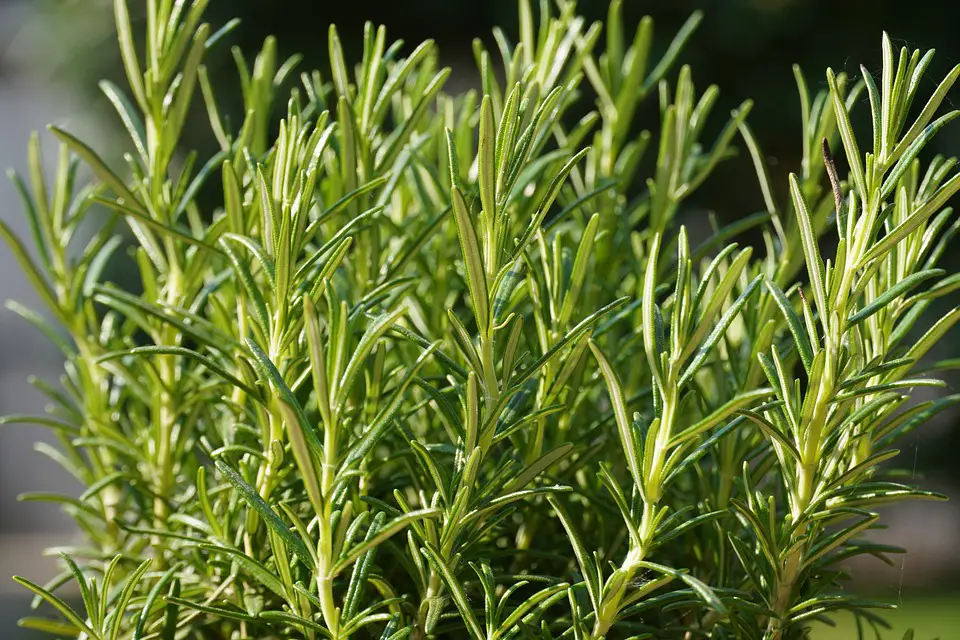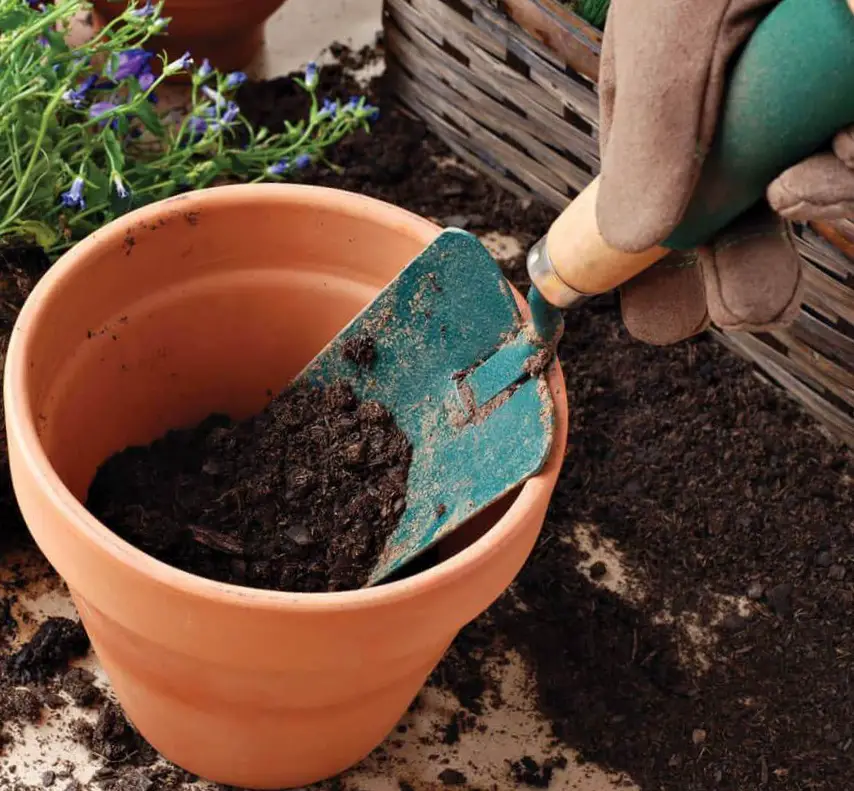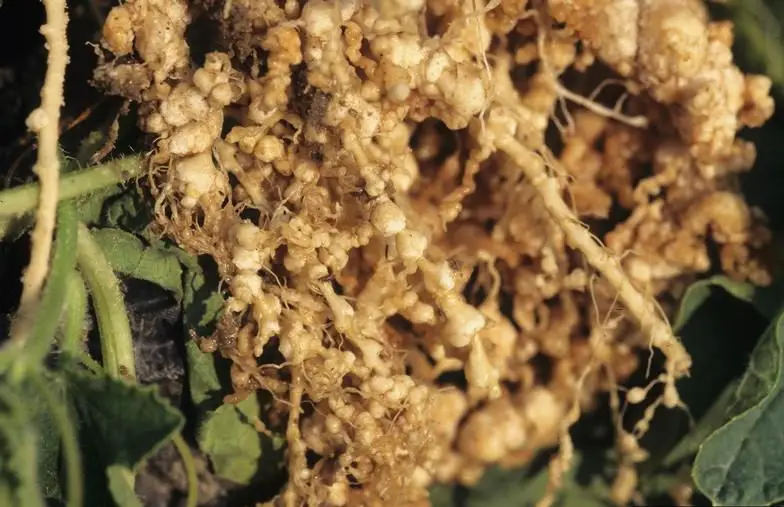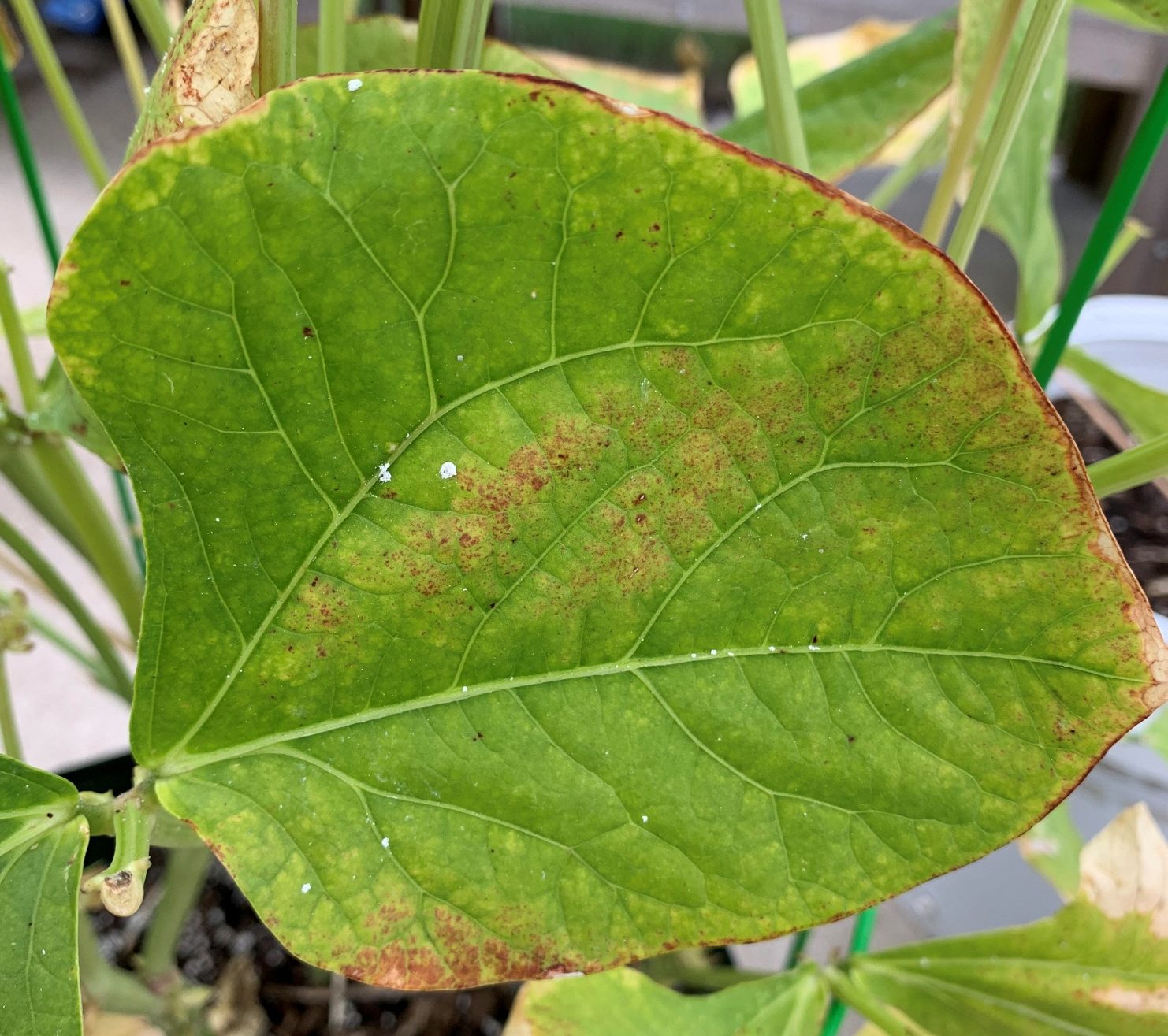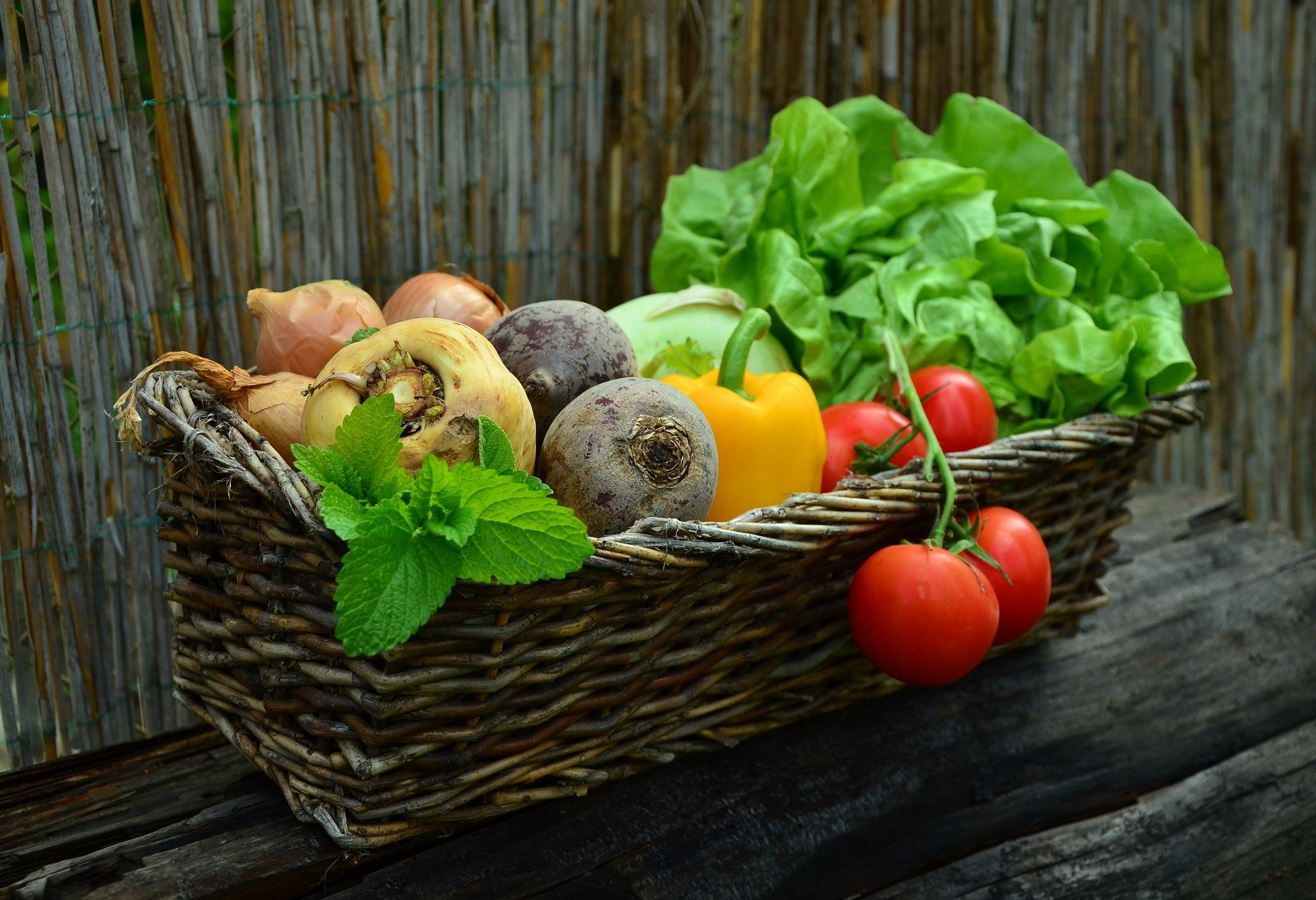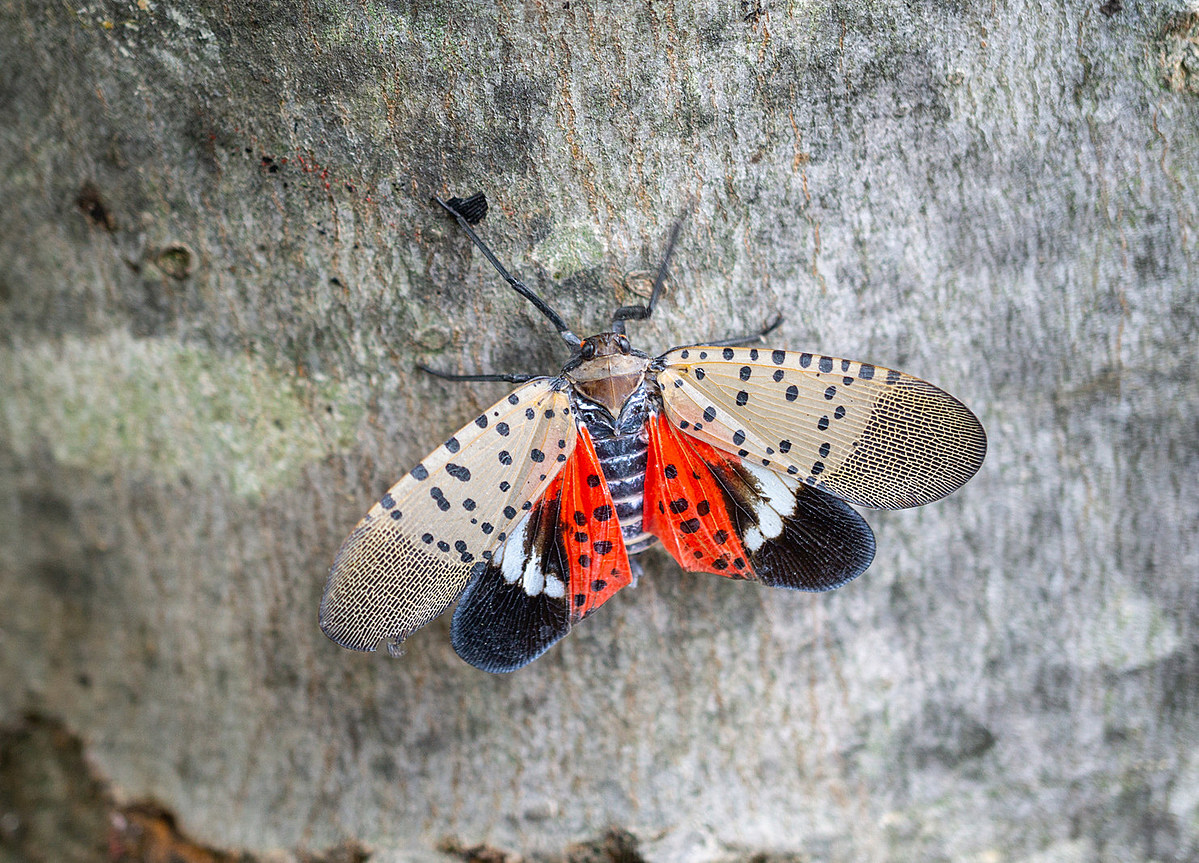Spider Mites: How to Identify and Treat Them
Spider mites are not insects. Instead, they are members of the arachnid family, as are spiders and ticks. They are so small that they are difficult to see without a magnifying glass. While they are almost invisible, the damage they inflict is not. This garden pest feeds on the leaves…
